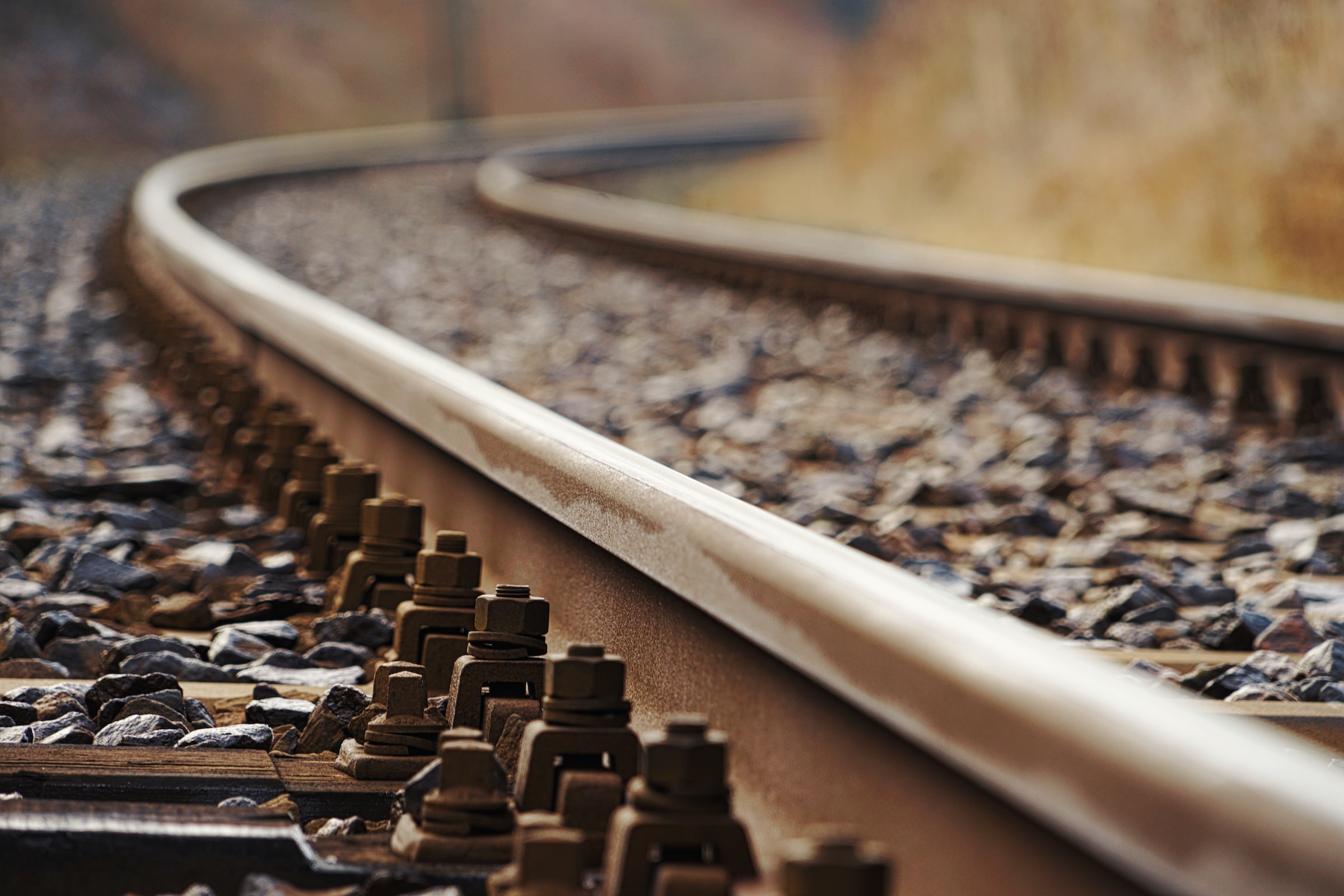Hydrogen Trains: The Next Generation of Rail Transportation?

The UK rail industry is looking for solutions to address its huge decarbonisation challenge. What potential does green hydrogen have to help deliver emission-free transport?
To support the transition to net zero, the UK Government announced in 2018 that diesel-only trains will be phased out by 2040.
Although, this is a positive step to reduce emissions, reaching net zero won’t be an easy task. Currently, 29 per cent of all trains and 90 per cent of freight trains are powered by diesel. These all require suitable sustainable alternatives to replace them.
According to the Office of Rail and Road, rail made up 1.5 per cent of the UK’s transport carbon emissions in 2020, but in comparison, 2.7 per cent of all passenger kilometres were made using rail. In 2020, rail emissions accounted for 0.4 per cent of the UK’s carbon emissions.
However, in the year April 2021 to March 2022, diesel and electricity consumption increased. These increases led to a 2 per cent rise in the total estimated carbon emissions for passenger and freight.
Hydrogen allows for a gradual transition to a cleaner and greener rail network
Hydrogen can play a crucial role in addressing challenges in the rail industry by offering various solutions to improve efficiency, reduce emissions, and enhance overall performance.
As well as helping to decarbonise the industry, hydrogen fuel cells can provide longer operating ranges compared to traditional battery-powered trains. This extended range can be particularly beneficial for rail lines in remote areas or those that require non-stop services.
Hydrogen could also help to see less downtime for trains, as hydrogen refuelling can be quicker than recharging batteries. This faster turnaround time makes hydrogen-powered trains more suitable for continuous and frequent operation, improving the overall efficiency of rail networks.
Switching to green alternatives requires significant investment and electrifying rail networks can be expensive. Electrification may not be feasible in certain regions due to geographical constraints or high infrastructure costs.
In these situations, hydrogen-powered trains can offer a cost-effective and sustainable alternative to electrification.
Focusing on sustainability, implementing hydrogen only requires the retrofitting of existing trains. Retrofitting existing diesel-powered trains to use hydrogen fuel cells is a viable option for reducing emissions and extending the lifespan of existing rail assets.
This approach allows for a gradual transition to cleaner transportation without the need for a complete overhaul of the rail infrastructure.
Another benefit of hydrogen is that it can serve as a means of energy storage, allowing excess renewable energy generated during off-peak hours to be converted into hydrogen.
This hydrogen can then be used in fuel cells to power trains during peak demand periods or when renewable energy sources are unavailable, helping to balance the energy grid.
Hydrogen fuel cell technology can also stimulate regional economic development by creating new industries related to hydrogen production, distribution, and fuelling stations. This development can amplify job creation and investment in local communities.
However, implementing hydrogen solutions in the rail industry comes with challenges, such as establishing a reliable hydrogen supply chain, ensuring safety standards, and managing infrastructure changes.
Overcoming these bottlenecks will require collaboration between governments, rail operators, and the private sector to fully explore the potential benefit of hydrogen in the rail industry.
Hydrogen trains are being explored worldwide
Showing the potential of hydrogen trains, Alstom’s Coradia iLint is described by the company as the “world’s first passenger train powered by a hydrogen fuel cell, which produces electrical power for traction.”
Specifically designed to non- or partially electrified lines up to 1,000 km, it enables clean, sustainable train operation while ensuring the highest levels of performance.
The train has been running on the Train de Charlevoix tourist railway service along the scenic edge of the St. Lawrence River between Quebec City and Baie-Saint-Paul. This is a distance of 90 km.
Another company that is exploring hydrogen trains is Siemens Mobility. Mireo Plus H is an alternative to diesel multiple units and is highlighting an emission-free operation on long-distance routes without an overhead contact line.
Due to their high-power density, Siemens Mobility’s hydrogen trains typically require one tank stop at the depot per day, especially for ranges over 120 km. Two train lengths are available: two-car units for ranges up to 600 km and three-car units for ranges between 800 and 1,000 km.
Although we are seeing hydrogen trains explored worldwide, the UK still has work to do. Network Rail has identified up to 1,300 km of more than 15,000 km of unelectrified railway where hydrogen could be implemented to help to achieve the government’s 2050 net zero goal.
By offering excellent performance, flexibility, practicality, and sustainability, hydrogen trains create a compelling case as the best alternative to electrification. By exploring hydrogen, the UK’s rail network will be making a significant step towards a cleaner and greener future.
How can hydrogen benefit you?
Hydrogen Industry Leaders is bringing together industry leaders, governments, and researchers, to discuss the transformational potential of hydrogen through in-person events.
Through these events, you can hear from key players in the industry, and learn how hydrogen can be introduced into your processes.
Secure your place at one of our future events to network, gain valuable insights from hydrogen experts, share your knowledge, participate in insightful discussions, and discover how we can use hydrogen to benefit your company.
Click here to find out more: https://hydrogenindustryleaders.com/hydrogen-sessions/

